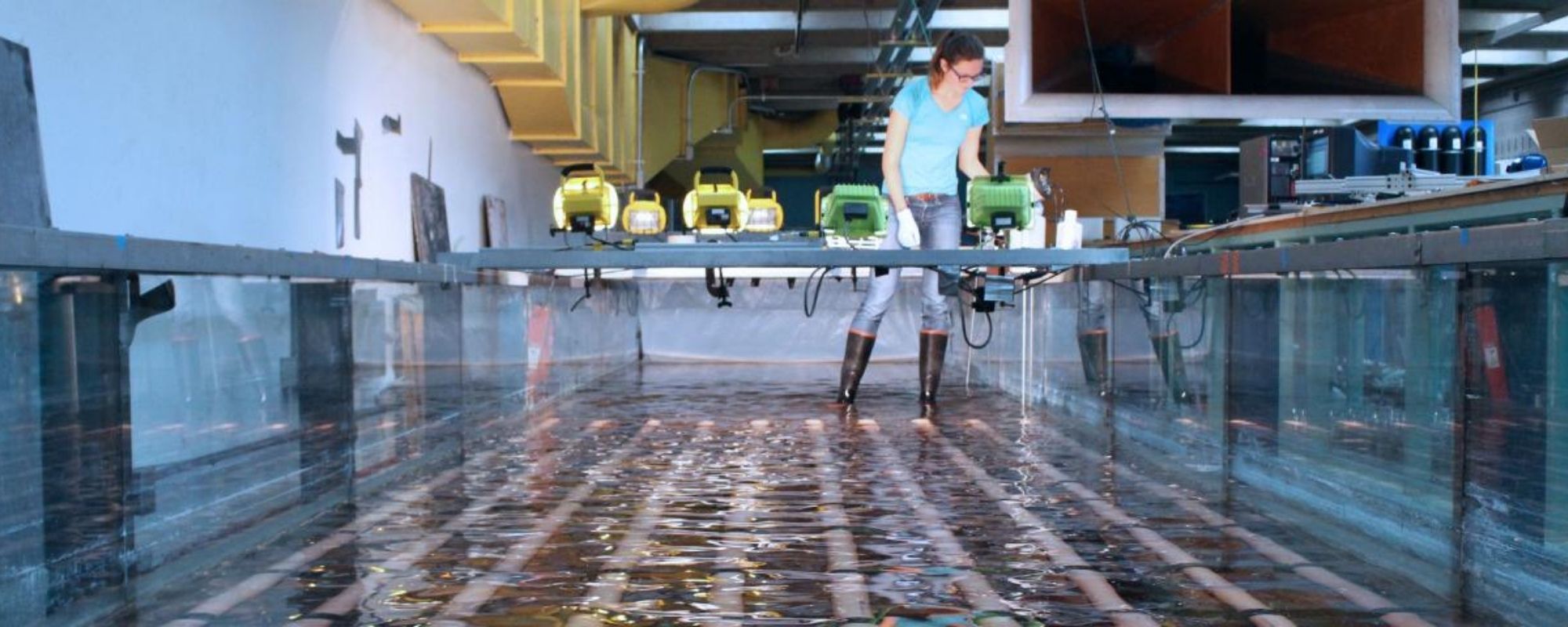Research Areas
Environmental and Water Resources Systems
Research in environmental and water resources systems engineering is concerned with the development and application of quantitative methods for the evaluation, planning and operation of water resource and environmental systems. Efforts address the integration and analysis of engineering and economic policy issues posed by the need to manage water, land, air and human resources, as well as environmental remediation efforts. The foundational sciences for such analyses include hydrology, hydraulics, environmental sciences, biology, and environmental engineering.
Faculty
-
![Patrick Michael Reed]()
Patrick Michael Reed
Academic Director, Engineering Management Program Joseph C. Ford Professor of Engineering
Environmental Fluid Mechanics and Hydrology
Environmental fluid mechanics and hydrology deal primarily with the occurrence and movement of water and other fluids on the surface of the earth. Civil engineering applications of this discipline traditionally deal with river engineering, the hydrology of surface drainage and runoff, pipelines and conveyance systems, groundwater, flooding and its prevention, coastal processes and nearshore oceanography, hydroelectric generation, water supply and distribution, and fluid measurement.
Faculty
Environmental Processes
Research in environmental processes focuses on advancing fundamental knowledge and developing sustainable technologies that can contribute to the paradigm shifts needed to face the most urgent environmental challenges facing human societies such as energy/resources crises and climate change. Our faculty are experimentalists and modelers exploring fundamental changes to earth system processes and elemental cycling, the fate and transformation of emerging chemical and microbiological contaminants, the eco-evolutionary dynamics of spatially-structured populations, and the recovery of valuable resources from waste streams.
We are also technological innovators, developing monitoring tools and sustainable treatment and recovery technologies to protect public health from exposure to chemical and biological contaminants and new processes for producing clean energy carriers.













